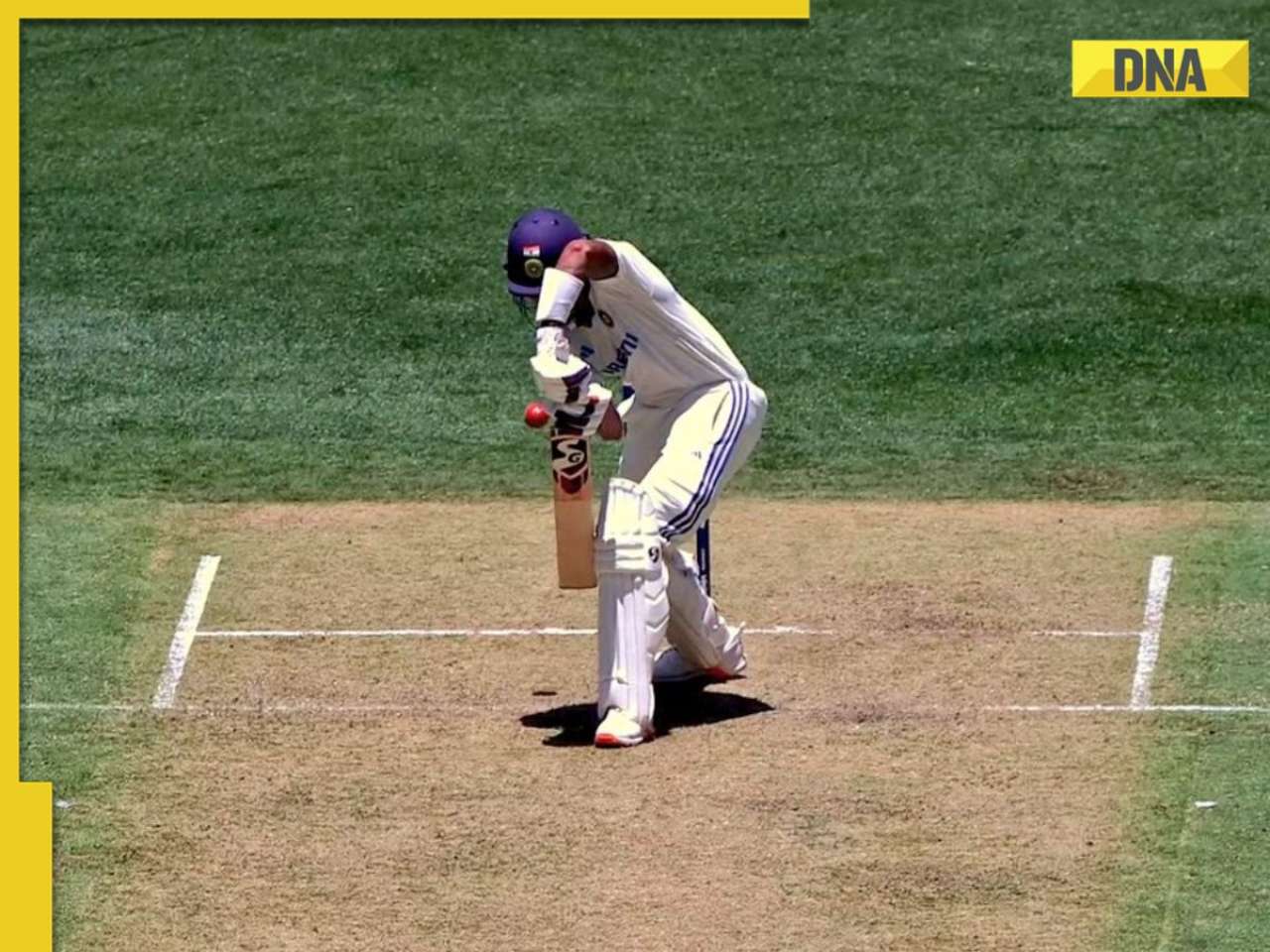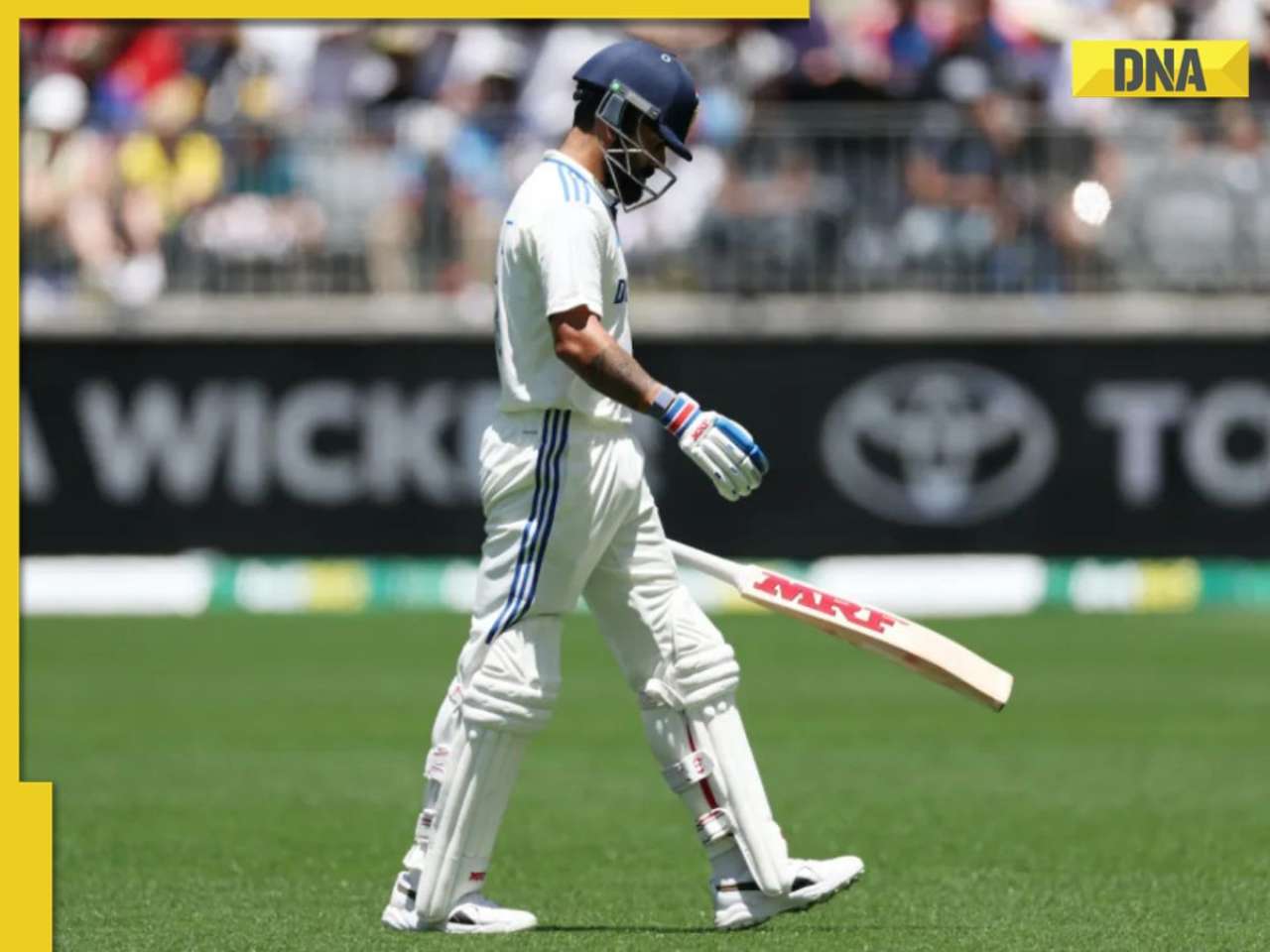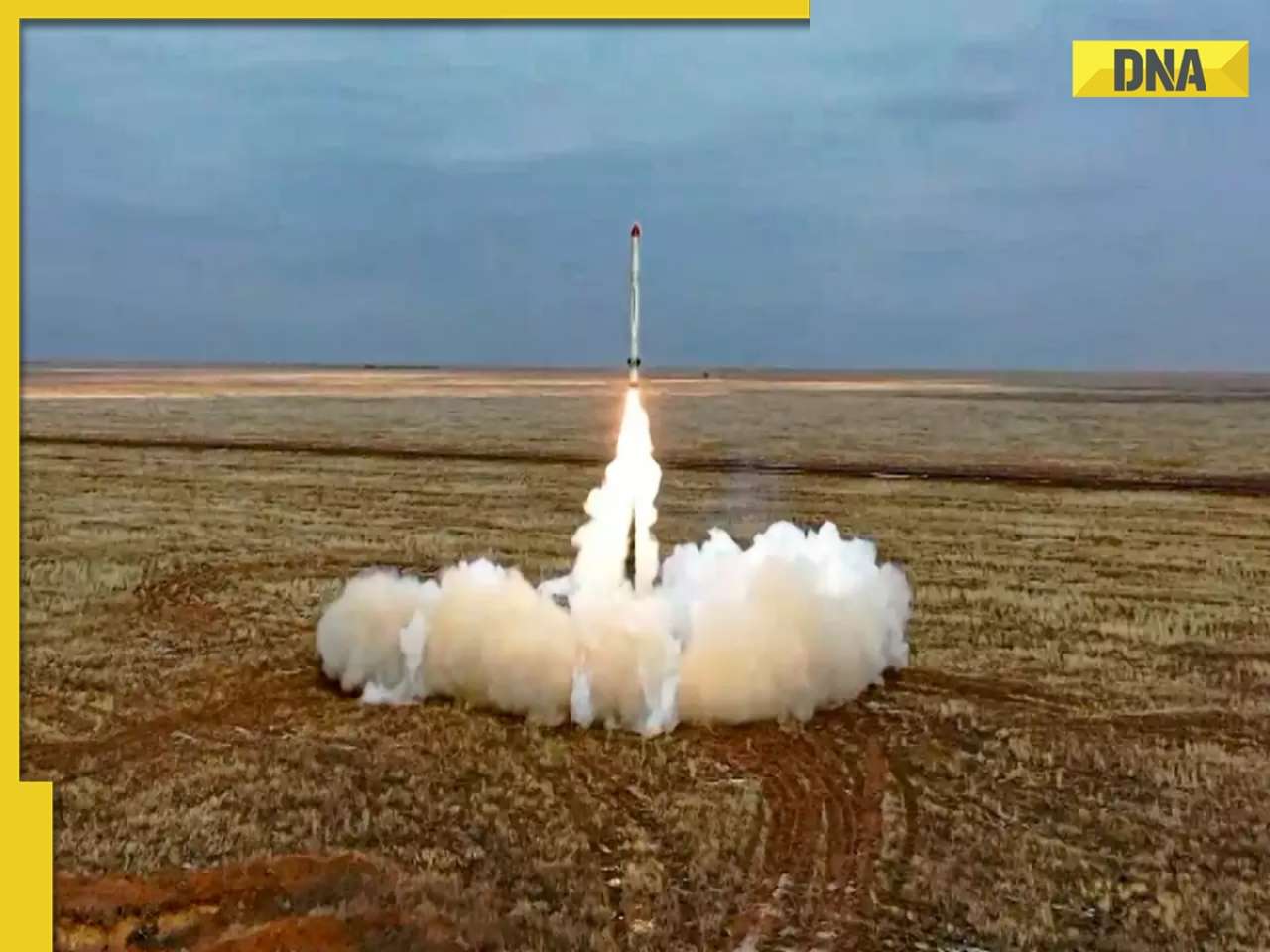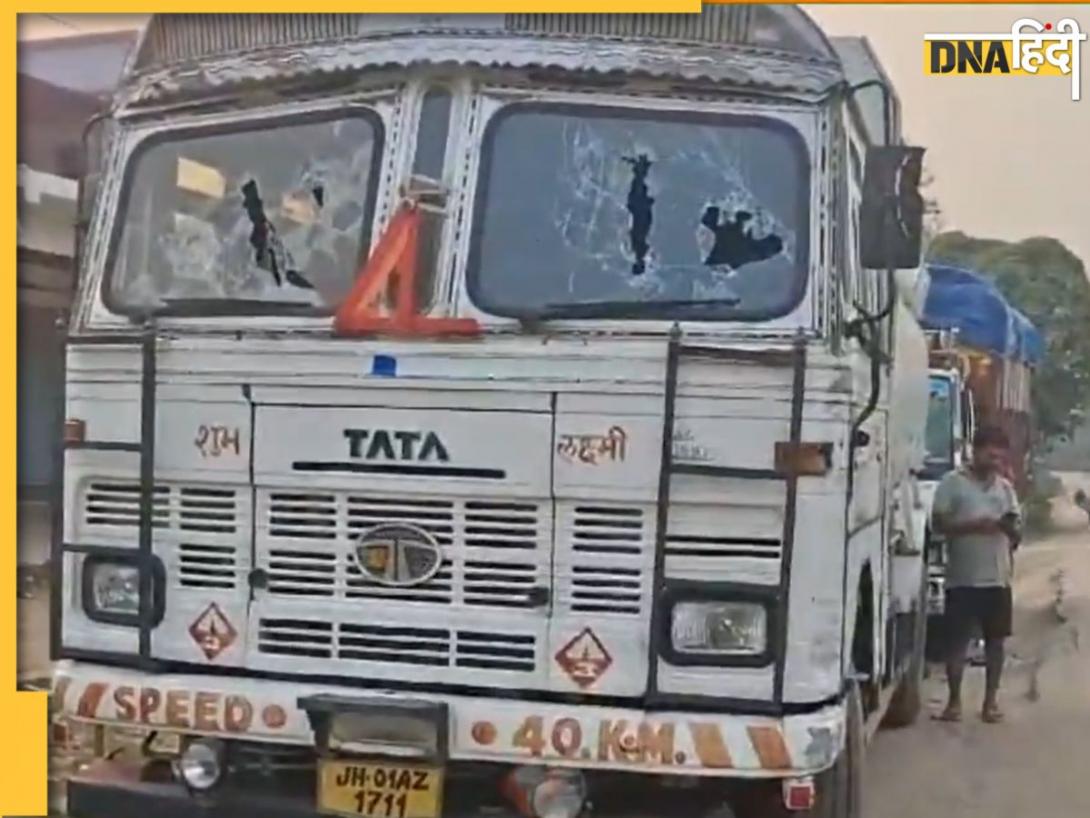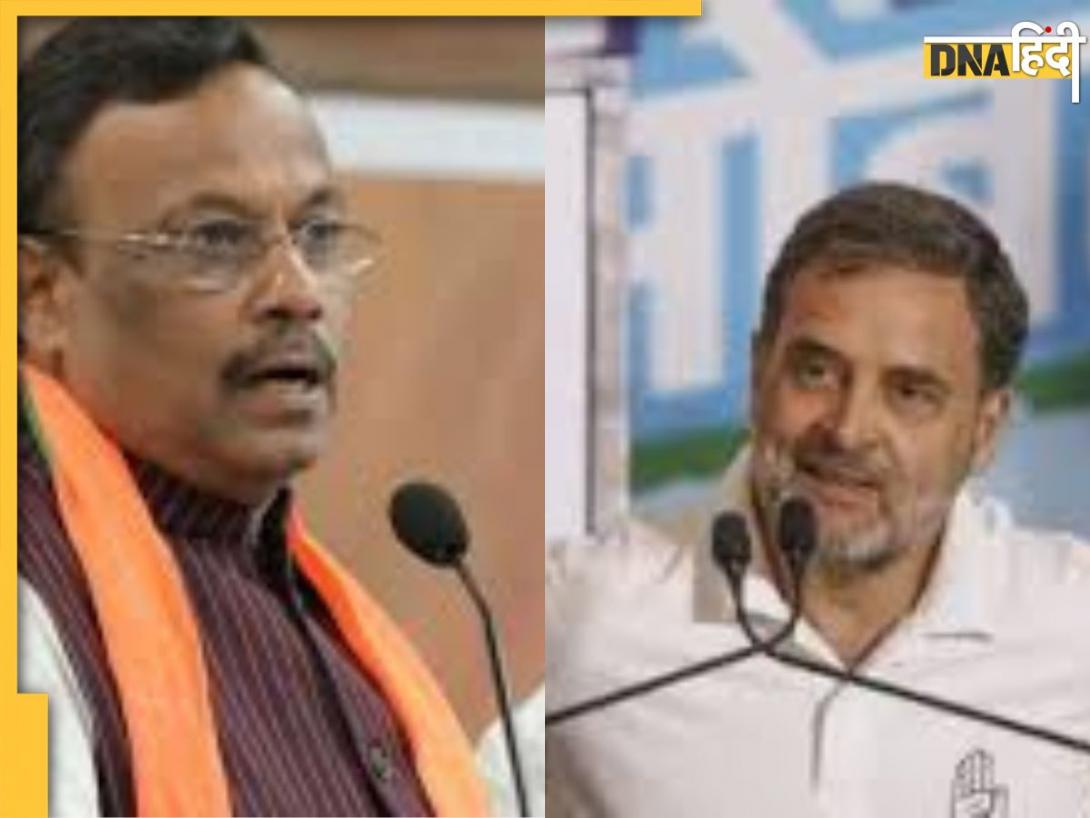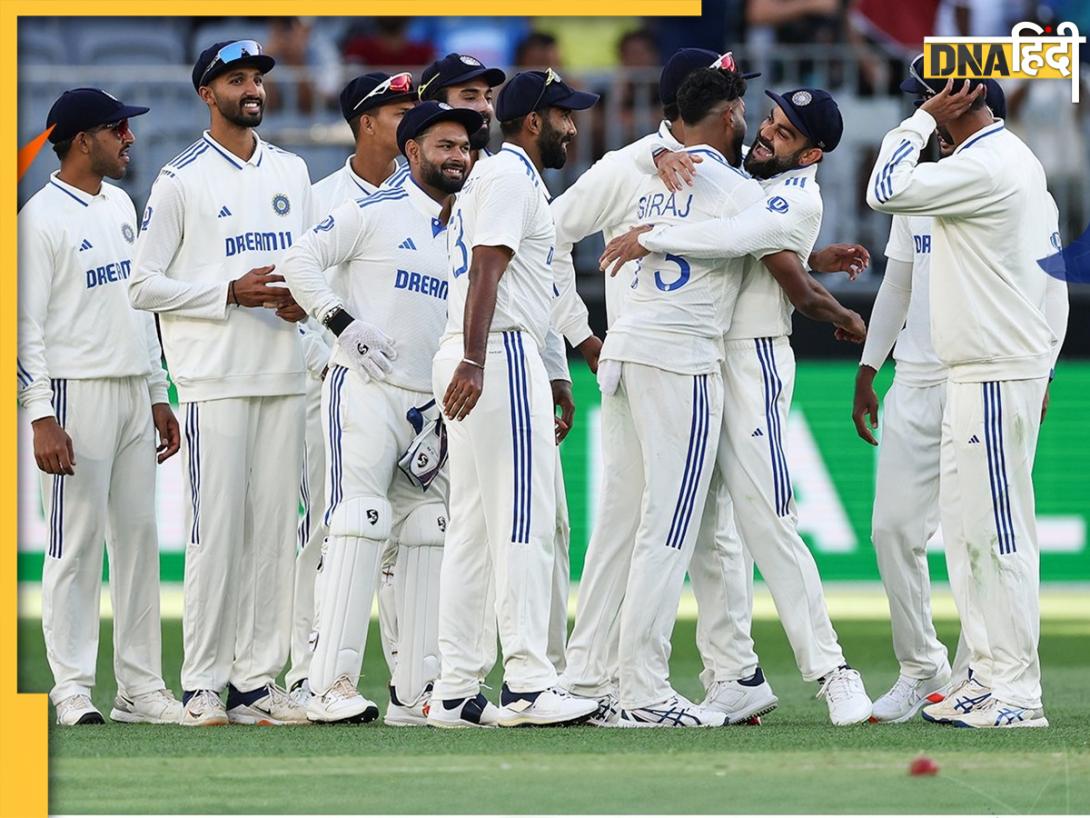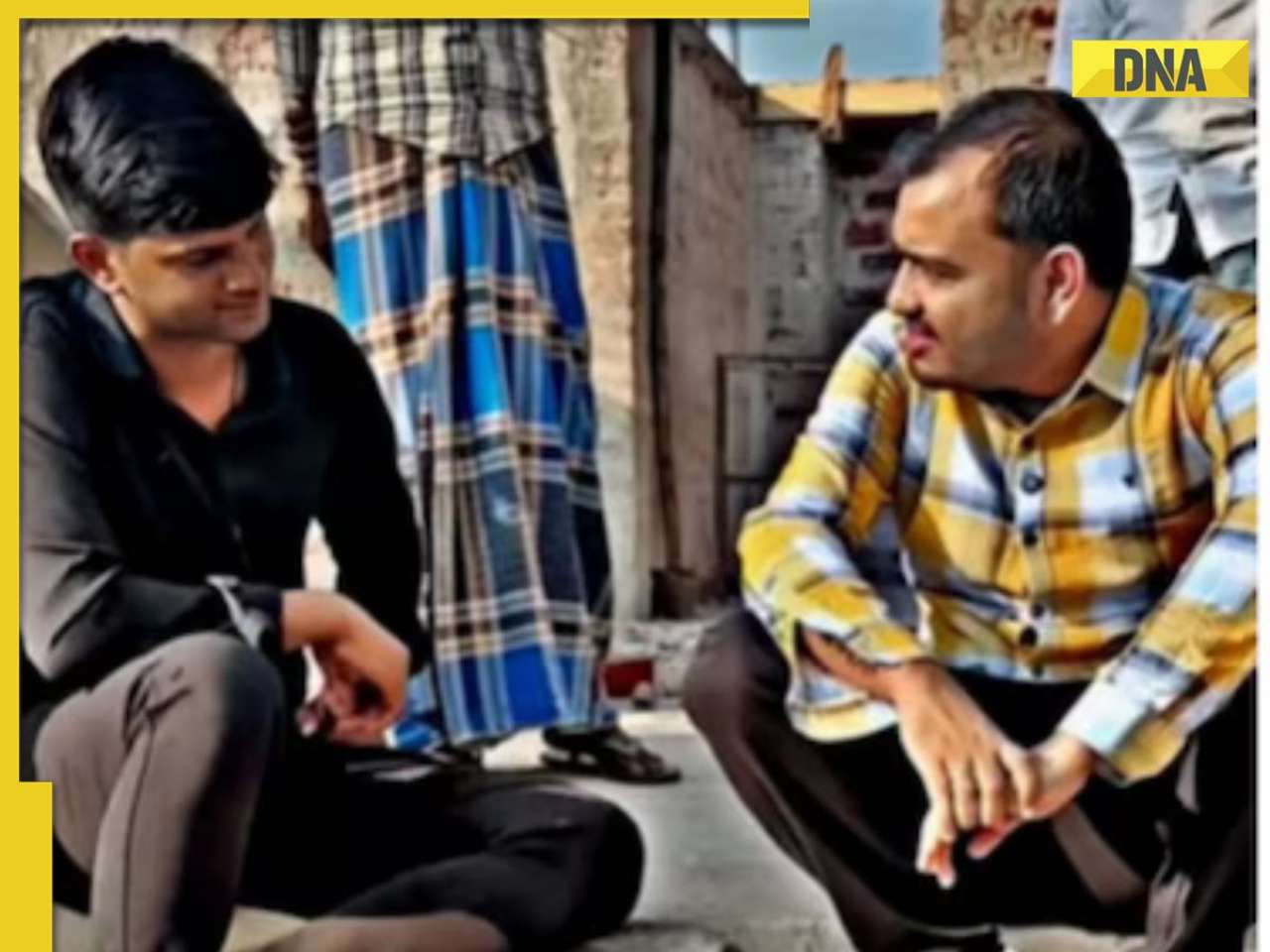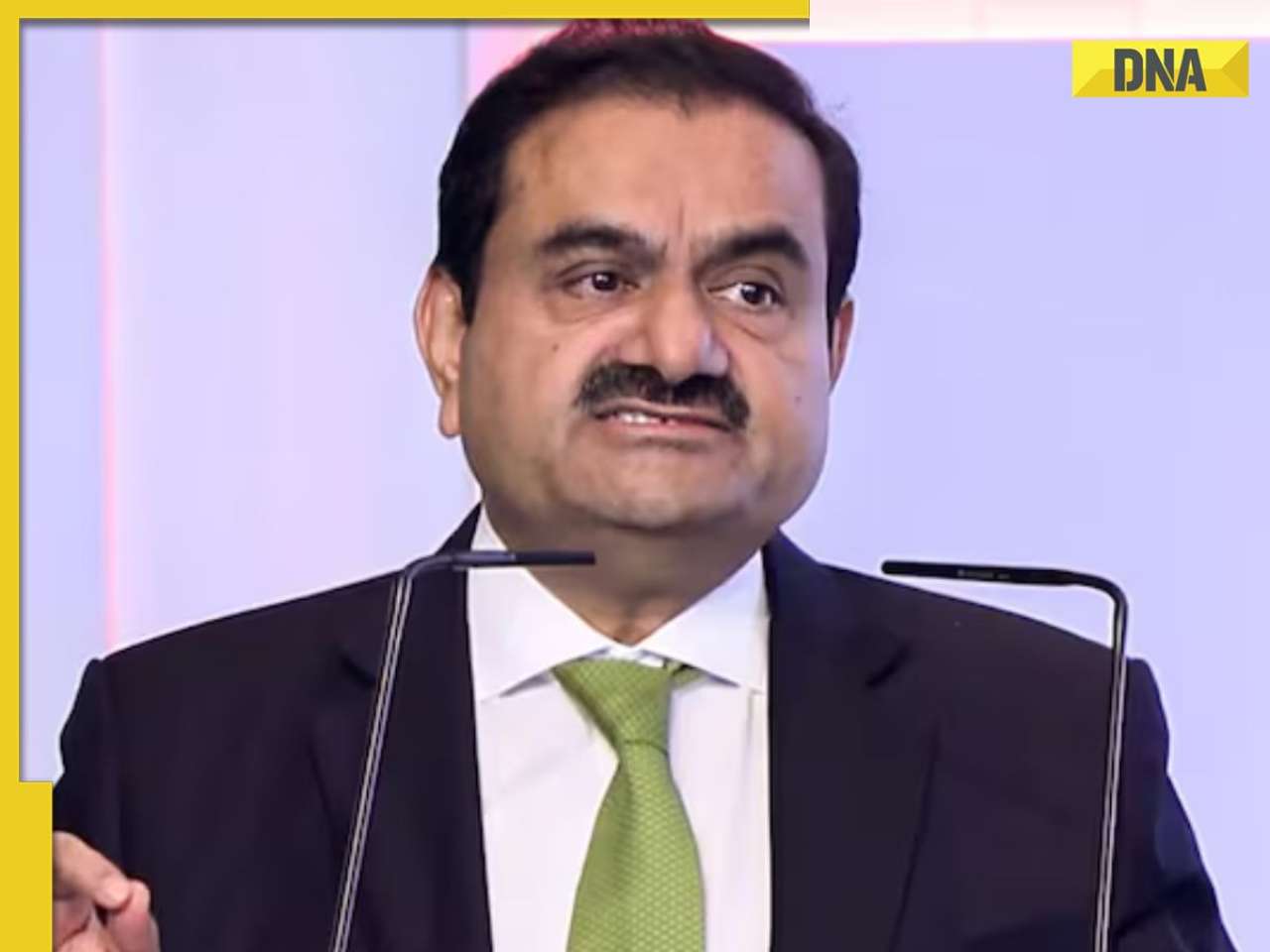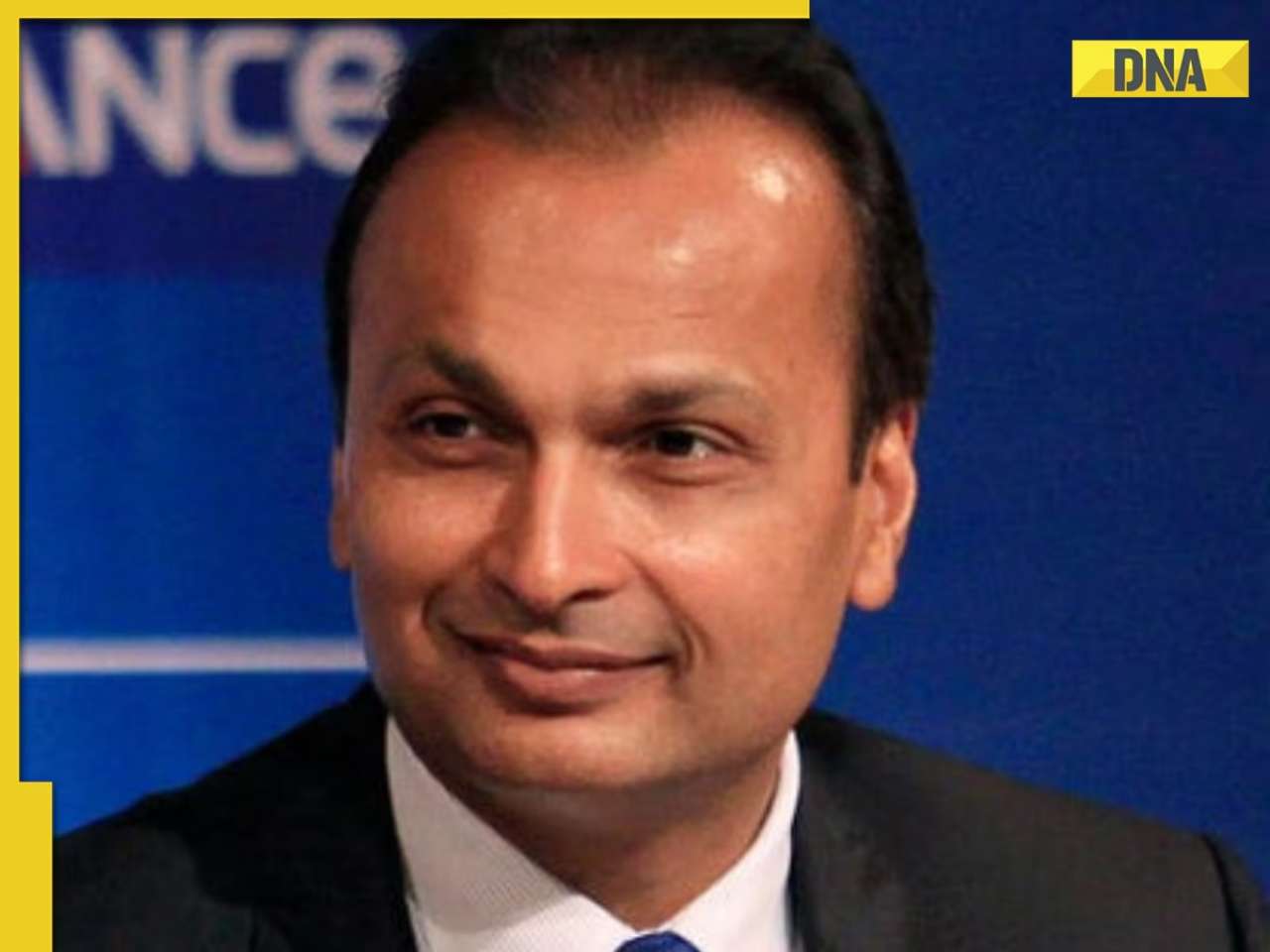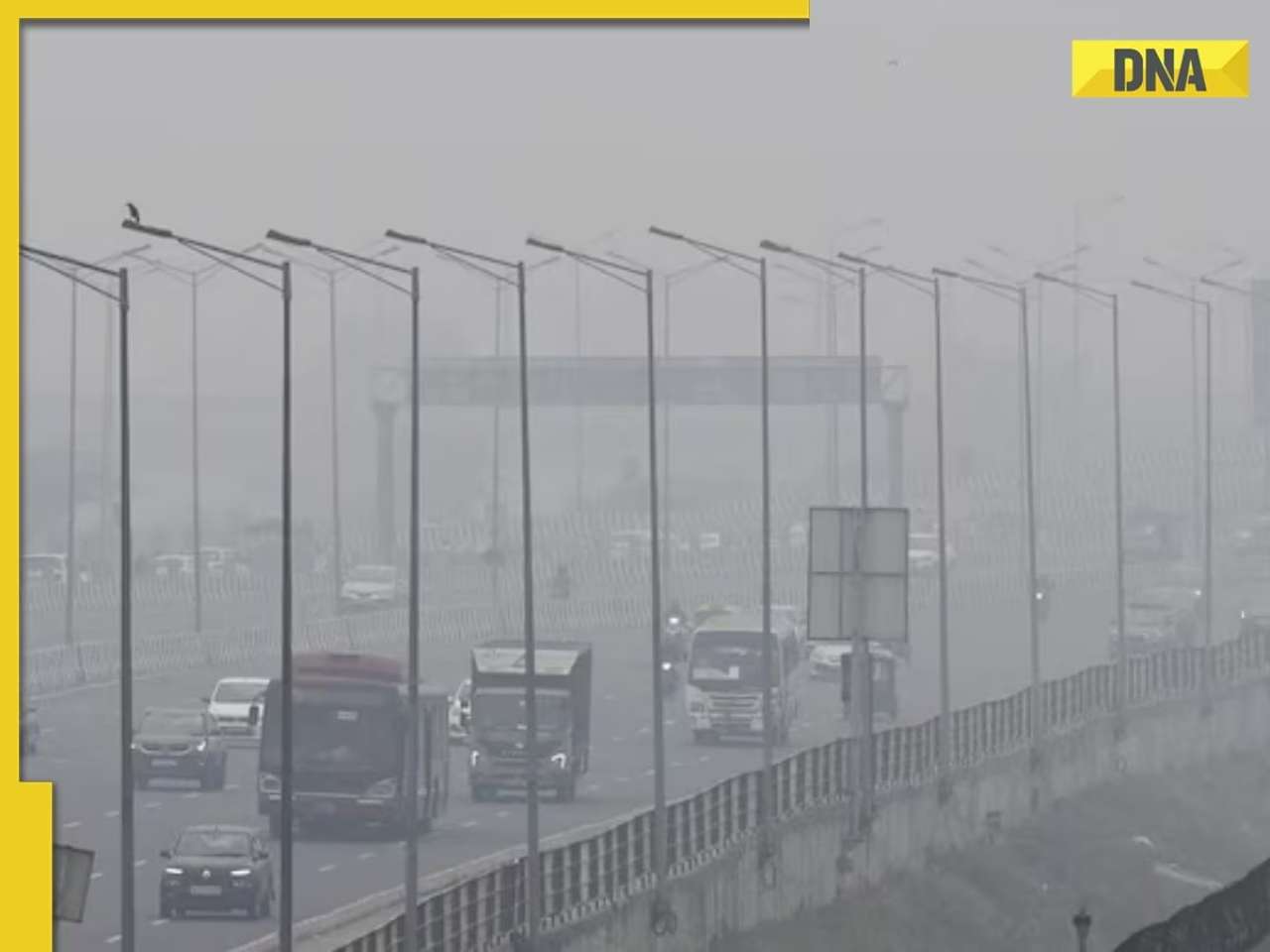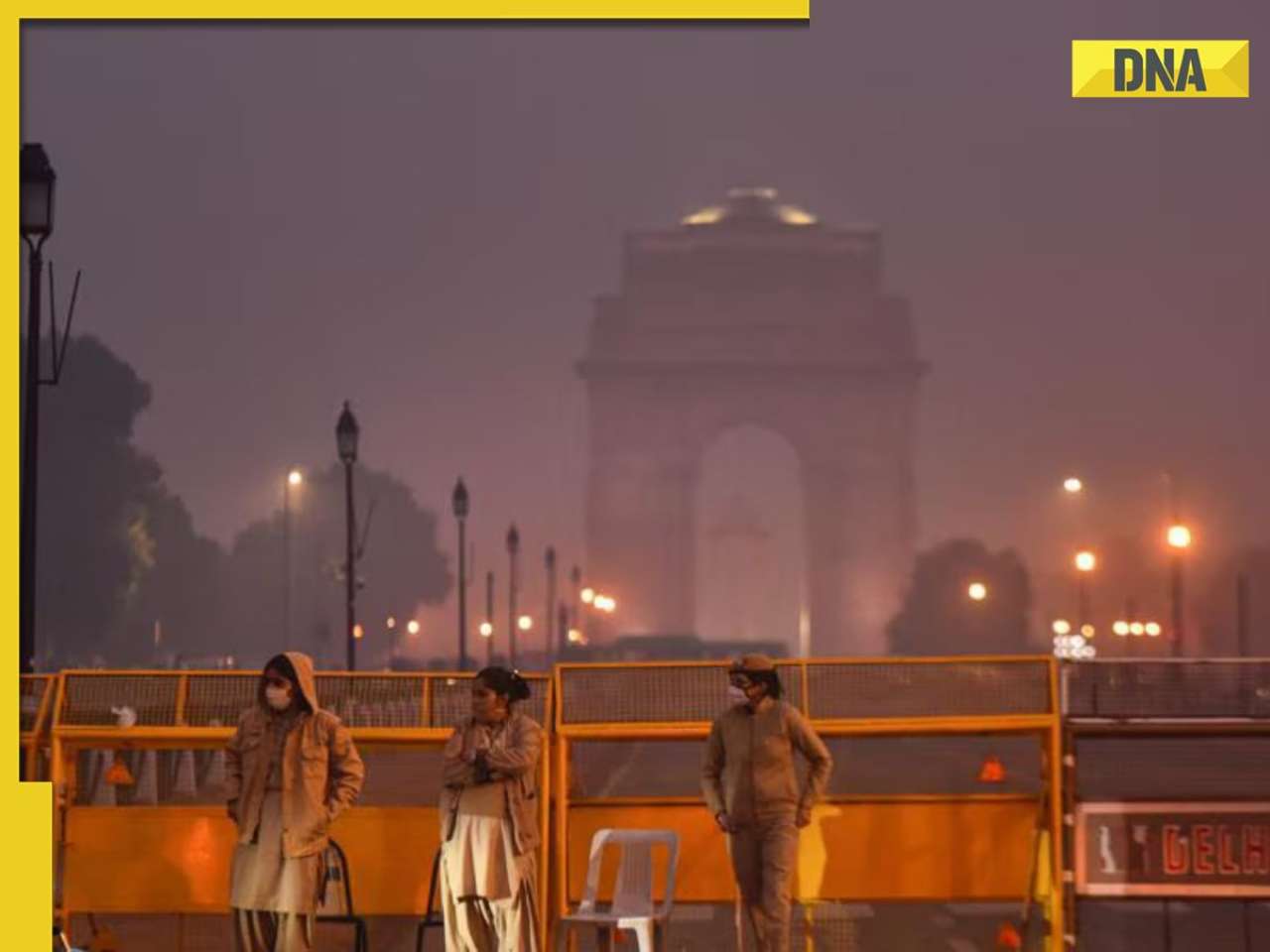- LATEST
- WEBSTORY
- TRENDING
INDIA
SC questions basis for OBC quota in education
The UPA government, censured by the Supreme Court for hastily extending 27 per cent reservation for OBCs in higher-learning institutions, was embarrassed again on Wednesday.
TRENDING NOW
NEW DELHI: The UPA government, censured by the Supreme Court for hastily extending 27 per cent reservation for OBCs in higher-learning institutions, was embarrassed again on Wednesday.
The Supreme Court reiterated its misgiving about the government’s decision to incorporate additional reservation without the support of census data relating to the total percentage of different castes.
The court reserved its order on a petition to stay the government’s notification. The government and petitioners opposing the quota burden can file supplementary documents by Monday.
During the day-long hearing, Justice Arijit Pasayat and Justice LS Panta heard constitutional experts such as FS Nariman, PP Rao, Vivek Tankha, Sushil Jain, and Gopal Subramanium, additional solicitor-general.
The judges wondered why the government could not set up an expert panel to sift the facts and determine the status of citizens on the basis of caste and class. The last caste-based census was carried out in 1931. At that time, only united India existed, and neither Pakistan nor Bangladesh had been created.
Subramanium, however, said the government’s decision was based on the Mandal Commission’s report, which had been upheld by a constitution bench of the court. But the judges noted that the Mandal order too is more than 25 years old.
Both Nariman and Rao contended that the new quota law had been passed precipitately by Parliament.
Ashok Thakur, a lawyer who has filed the petition against the government’s move, said the Mandal Commission’s assertion that OBCs constitute 52 per cent of the country’s population was based on fictitious data.
Thakur said that if SCs and STs constitute 24.4 per cent of the population, Muslims 13 per cent, Christians and Sikhs 2.4 per cent each, and OBCs 52 per cent, the upper caste population works out to only about 6 per cent. “It is quite ridiculous,” he said.
The Supreme Court admitted the petition challenging the government’s new OBC quota policy early last year. Since then, it has pronounced at least two significant judgments that could have a bearing on the outcome of the challenge.
In a case from Kerala that was heard in mid-February, the court said a commission’s report on OBCs or the ‘creamy layer’ must be based on scientific data. Otherwise, “a matter of such grave significance and importance” could become “farcical and a negation of constitutional provisions”, it said.
A nine-judge bench of the court has also held that any law violating the basic structure of the Constitution is open to judicial review even if it is placed in the Ninth Schedule, which grants laws immunity from scrutiny by the courts.
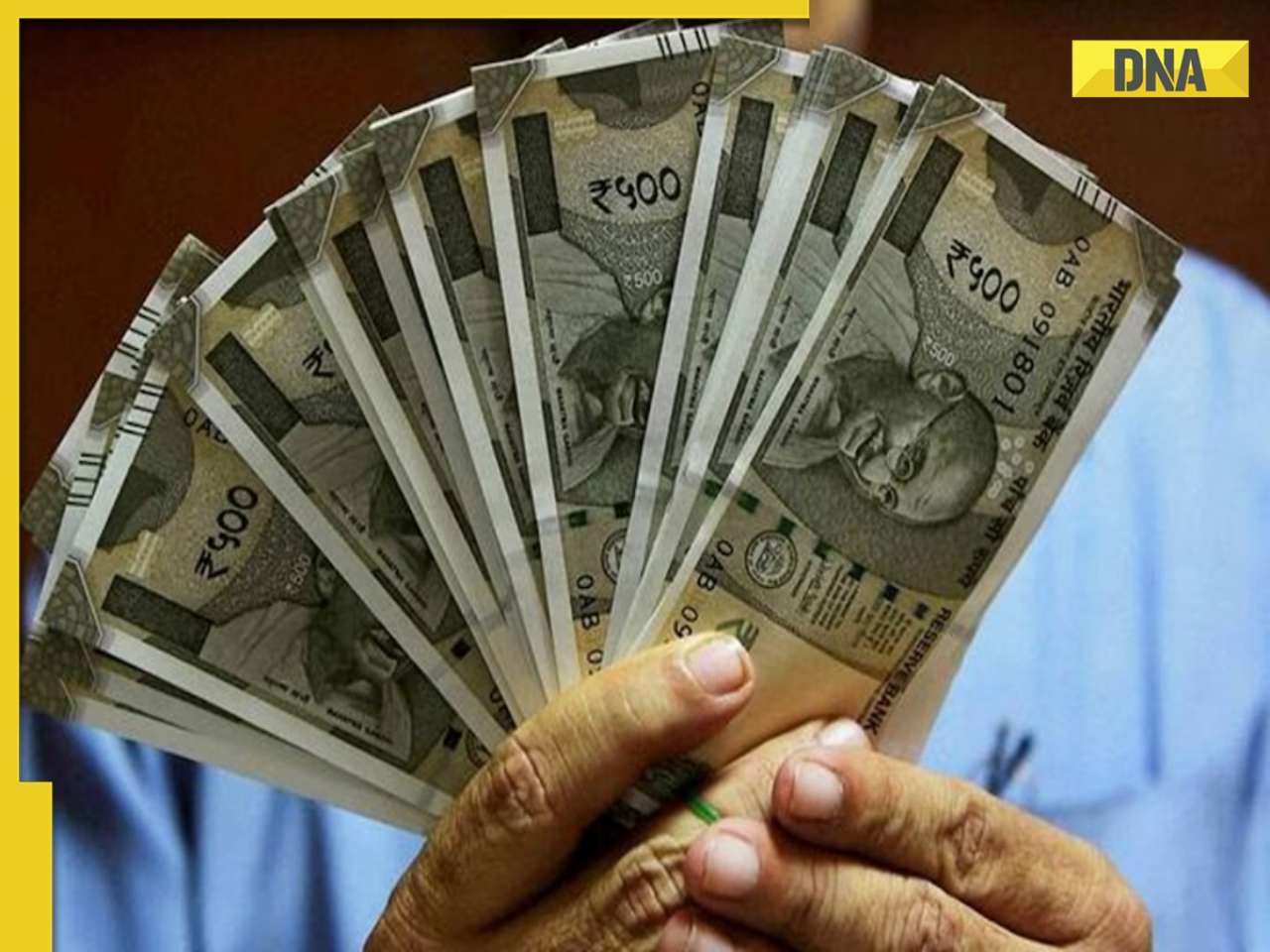







)
)
)
)
)
)
)
)
)
)
)
)
)
)
)























